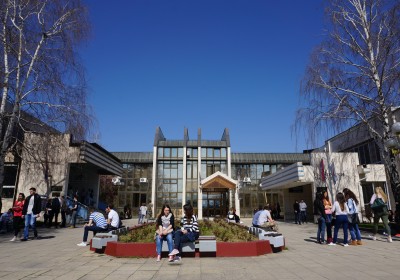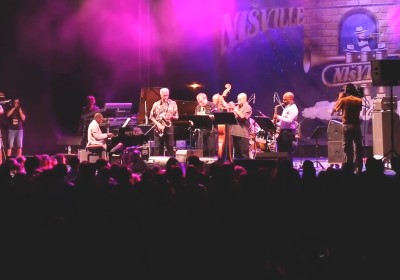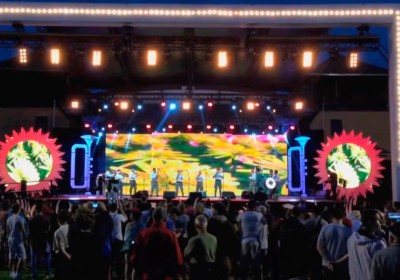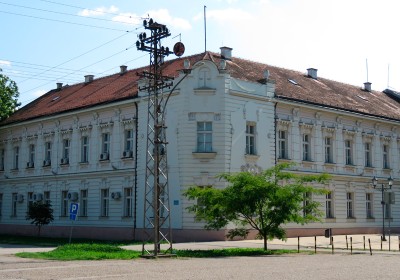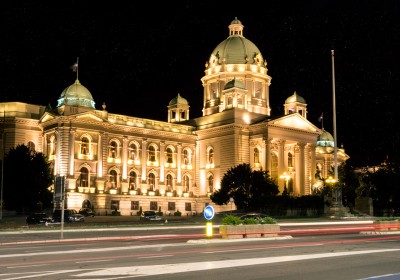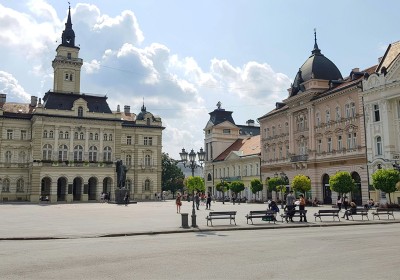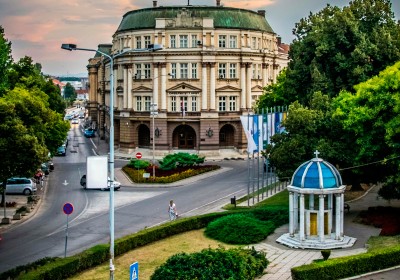Subotica and Palić Lake: The Twin Treasures of Vojvodina
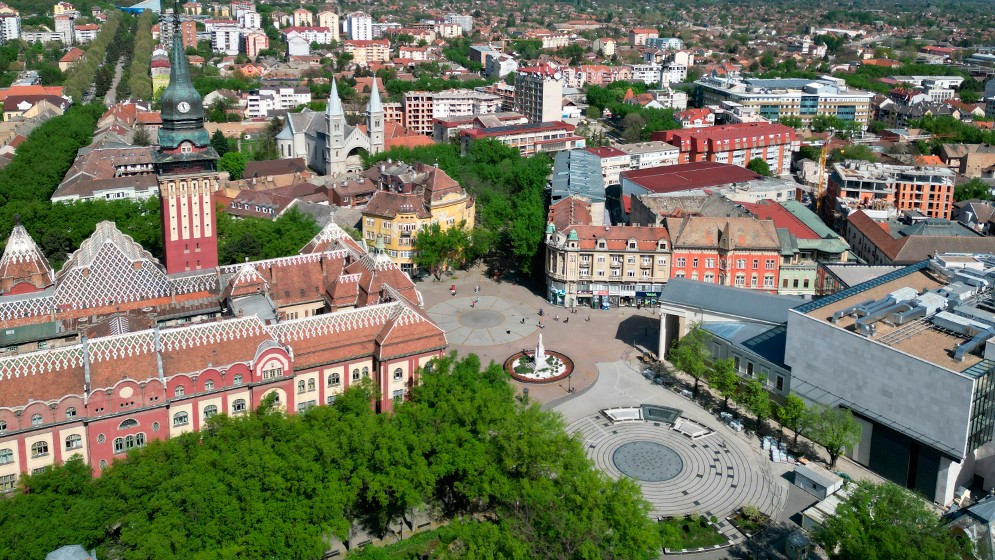
1. Panorama of Subotica
Subotica, a captivating city nestled in the northern corner of Serbia’s Vojvodina region, stands as a remarkable destination waiting to be explored. Located just 10 kilometers from the Hungarian border, this multicultural metropolis serves as an important stop on the railway connecting Belgrade, Novi Sad, and Budapest, making it easily accessible for travelers.
With a rich history dating back to the 14th century, Subotica has been shaped by various cultural influences. Once part of the Kingdom of Hungary and later the Austro-Hungarian Empire, the city’s diverse heritage is reflected in its unique architectural landscape and demographic makeup. Today, Subotica is home to a mix of ethnic groups, with Serbs, Hungarians, and Croats forming the majority of its population of around 100,000 inhabitants.
Subotica’s cityscape is a testament to its fascinating past. The town experienced its golden age of development in the late 19th and early 20th centuries, coinciding with the rise of the Art Nouveau movement. This period left an indelible mark on the city’s architecture, with many buildings showcasing the distinctive Hungarian Secession style, a local variant of Art Nouveau. The harmonious blend of architectural styles, from Baroque to Neoclassical and Art Nouveau, creates a visually stunning urban environment that feels like an open-air museum.
The city’s geographical position in the Pannonian Basin contributes to its continental climate, characterized by warm summers and cold winters. This climate, combined with the fertile land surrounding Subotica, has historically made the region an important agricultural center. Today, while agriculture remains significant, Subotica has diversified its economy to include industries such as food processing, electronics, and tourism, the latter growing in importance as more travelers discover the city’s charms.
Key Attractions
Subotica and its nearby Lake Palić offer a wealth of attractions that showcase the region’s rich history, diverse architecture, and natural beauty. From stunning Art Nouveau buildings to serene lakeside vistas, visitors will find a unique blend of cultural and recreational experiences. Here are some of the must-see attractions in the area.
1. City Hall (Gradska kuća)
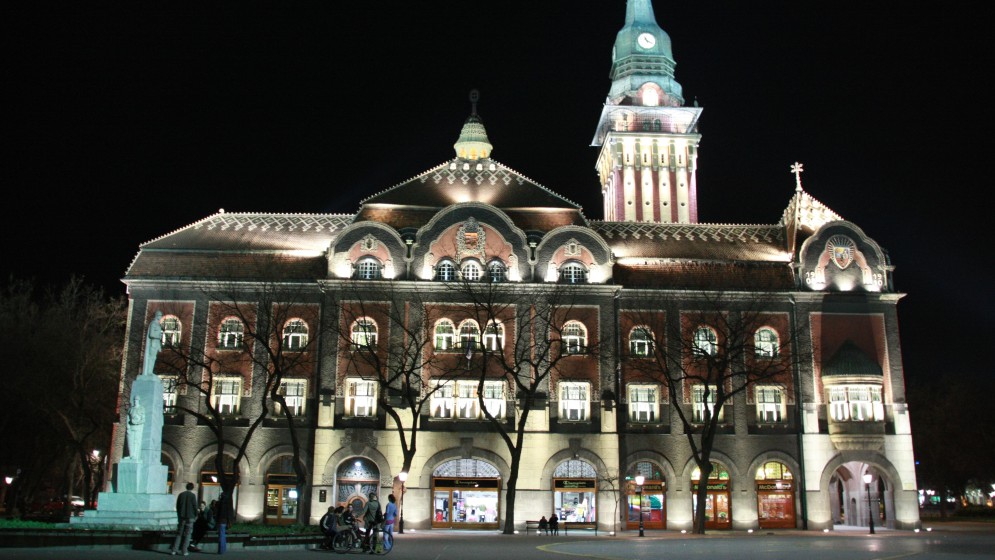
2. Gradska kuća
The crown jewel of Subotica’s architecture, this magnificent building was constructed in 1908-1910. Designed by Marcell Komor and Dezső Jakab in the Hungarian Art Nouveau style, it’s the largest building in Vojvodina. The City Hall features colorful Zsolnay ceramics and a 76-meter tower, offering a panoramic view of the city. Inside, visitors can admire the stunning stained-glass windows and ornate interiors.
2. Synagogue
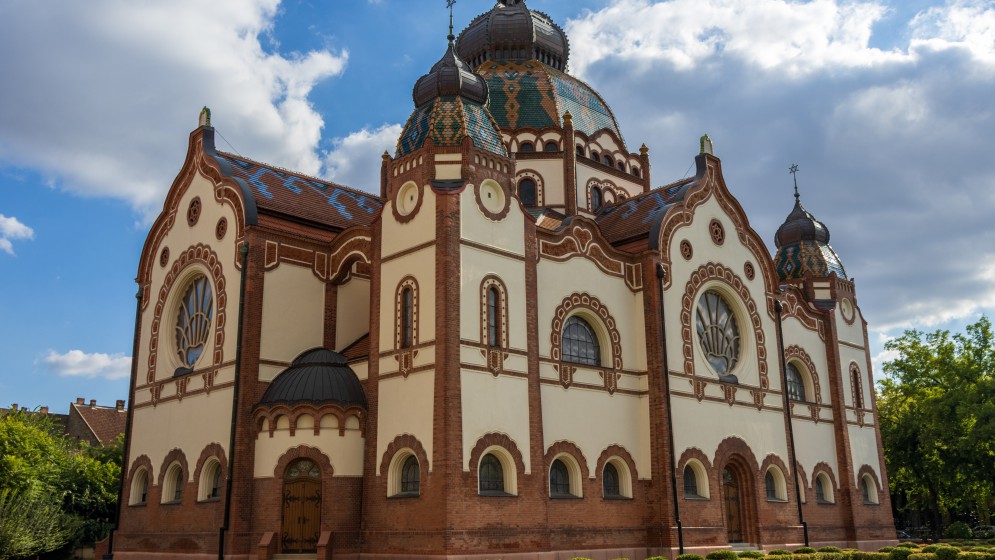
3. Synagogue (Subotica)
Built in 1902, Subotica’s synagogue is a masterpiece of Art Nouveau architecture and one of the largest synagogues in Europe. It’s unique as the only surviving example of a Jewish place of worship built in the Hungarian Art Nouveau style. The synagogue showcases a blend of Hungarian folklore elements with Jewish motifs, reflecting the dual identity of its creators.
3. Raichle Palace (Palata Rajhl)
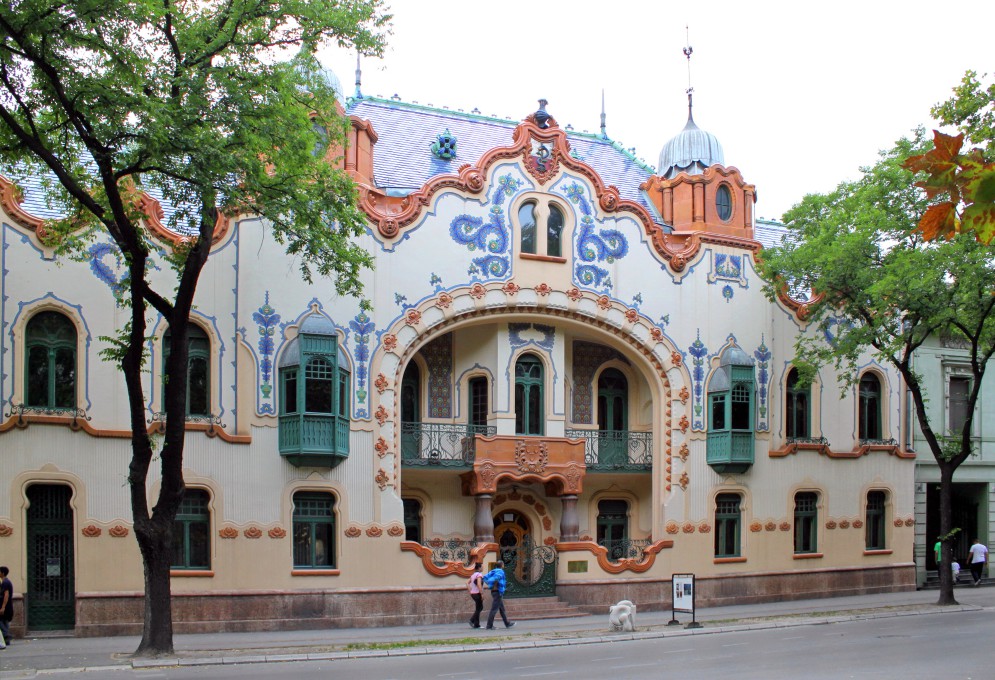
4. Palata Rajhl
This extraordinary building was designed by Ferenc Raichle as his private residence in 1904. It stands as one of the finest examples of Hungarian Art Nouveau architecture in Subotica. The palace features intricate façade decorations, high-quality materials, and exquisite craftsmanship in wood, iron, mosaics, and stained glass. Today, it houses an art gallery that visitors can explore for a small fee.
4. Lake Palić (Palićko jezero)
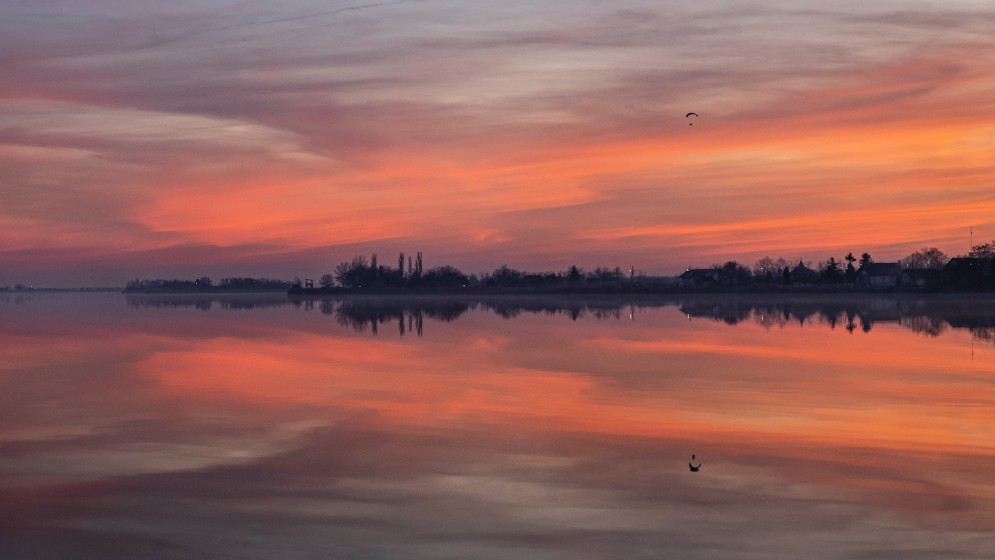
5. Sunset over Palić Lake
Located just 8 kilometers from Subotica, this picturesque lake is a popular resort destination. It’s approximately 8 km long, up to 1 km wide, and has an average depth of 3.5 meters. The lake’s history as a spa retreat dates back to the 19th century. Today, it offers a variety of attractions including beaches, a thermal pool, cycle routes, and beautiful promenades. The lake is surrounded by parks, villas, and sports facilities, making it an ideal spot for relaxation and recreation.
5. Korzo Street
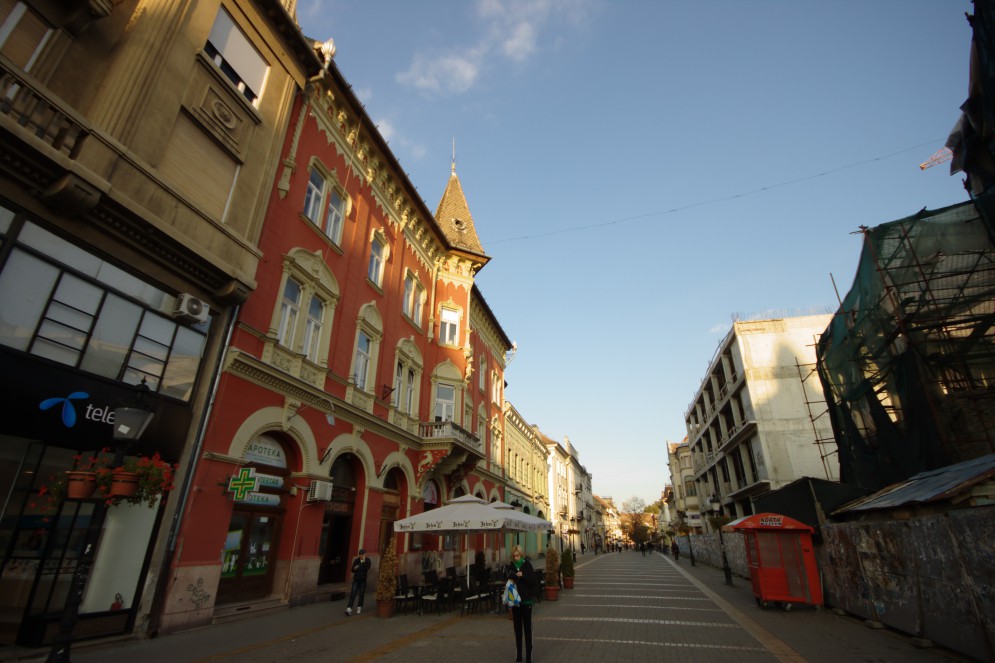
6. Korzo Street in Subotica
This vibrant pedestrian street is the heart of Subotica’s social life. Stretching from the City Hall to the Raichle Palace, Korzo is lined with beautiful buildings showcasing various architectural styles, particularly the Hungarian Art Nouveau. Visitors can enjoy a leisurely stroll, admire the colorful facades, and stop at one of the many cafes or shops along the way. It’s an excellent place to experience the city’s atmosphere and observe local life.
6. National Theatre
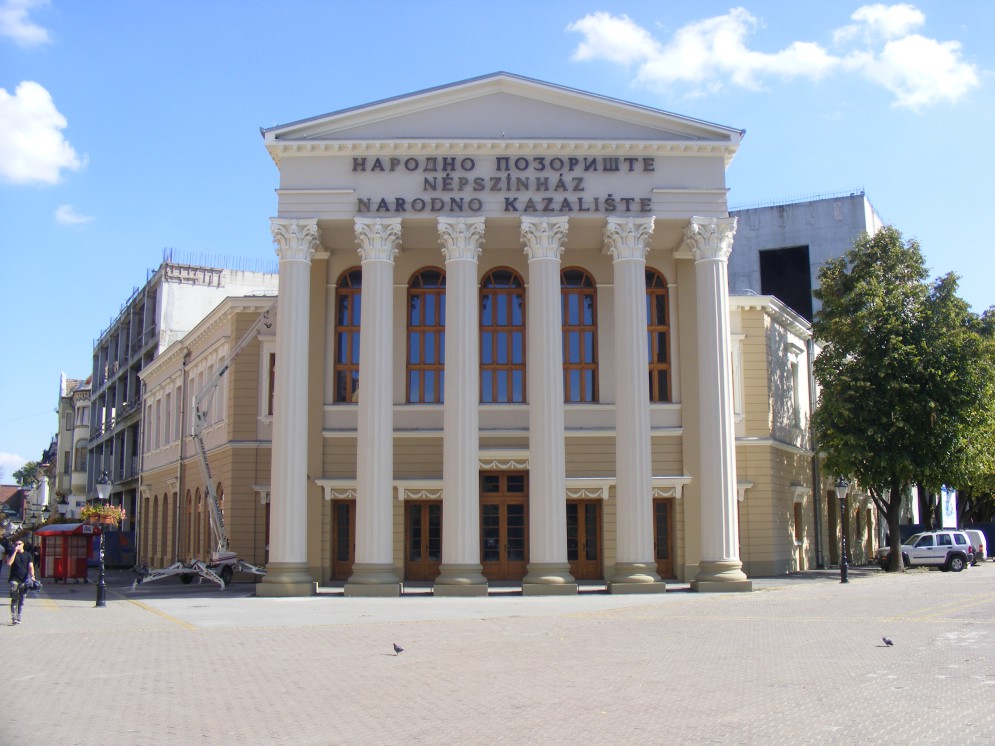
7. National Theatre of Subotica
Subotica’s National Theatre, with its history dating back to 1854, is one of the oldest cultural institutions in the city. The current building, featuring six columns in the neoclassical style, stands as a testament to the city’s rich cultural heritage. Today, the theatre offers performances in both Serbian and Hungarian, reflecting the multicultural nature of Subotica. Although it has undergone renovations, the theatre remains an important cultural landmark and a must-visit for art enthusiasts.
7. Cathedral of St. Theresa of Avila
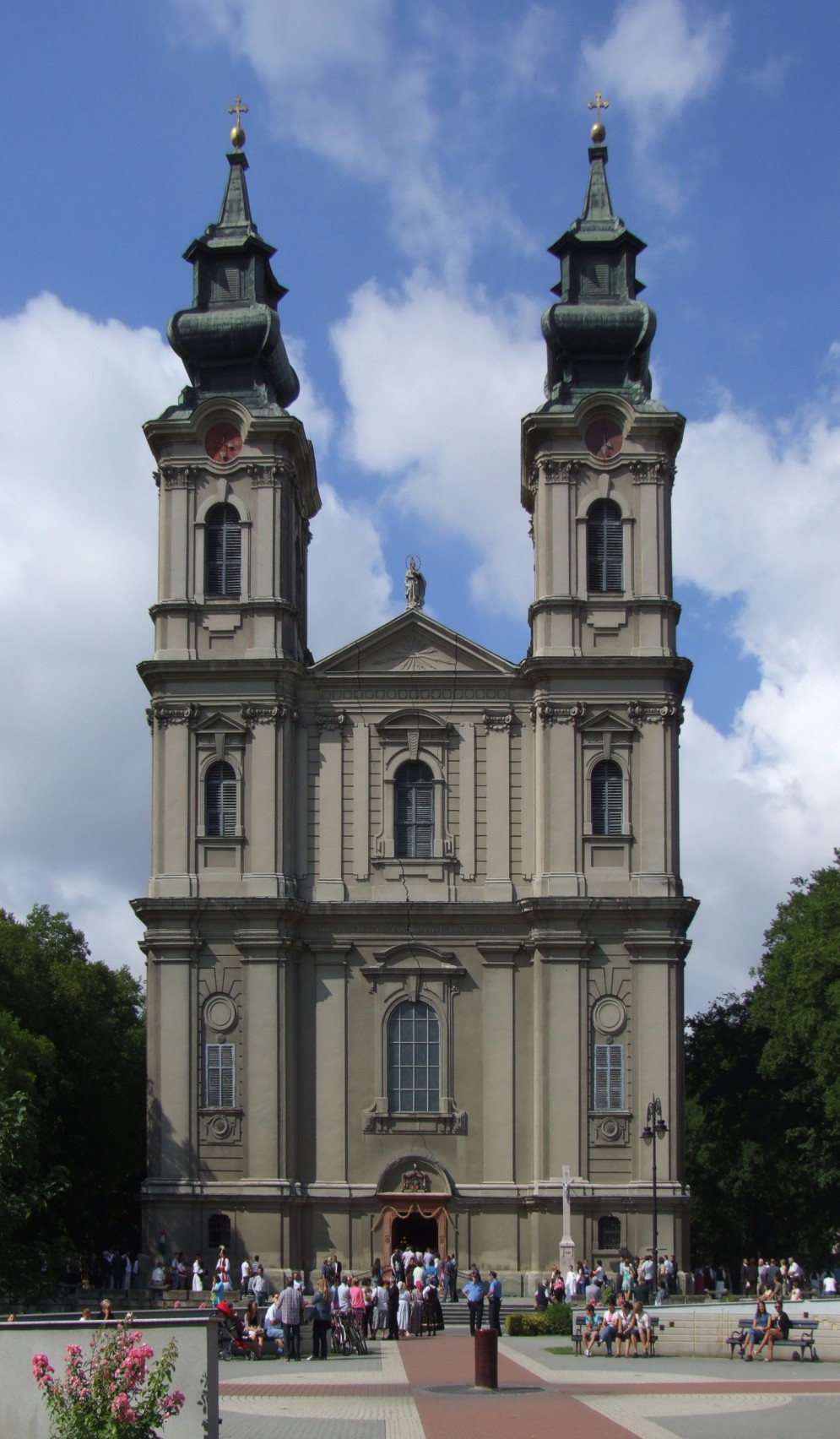
8. Cathedral of St. Theresa of Avila
This impressive baroque cathedral, dating from 1797, is a significant religious and architectural landmark in Subotica. Its twin towers and grand facade dominate the cityscape, while the interior features beautiful frescoes and a notable altar. The cathedral serves as the center of the Roman Catholic diocese of the Bačka region and stands as a symbol of Subotica’s religious diversity.
8. Palić Zoo
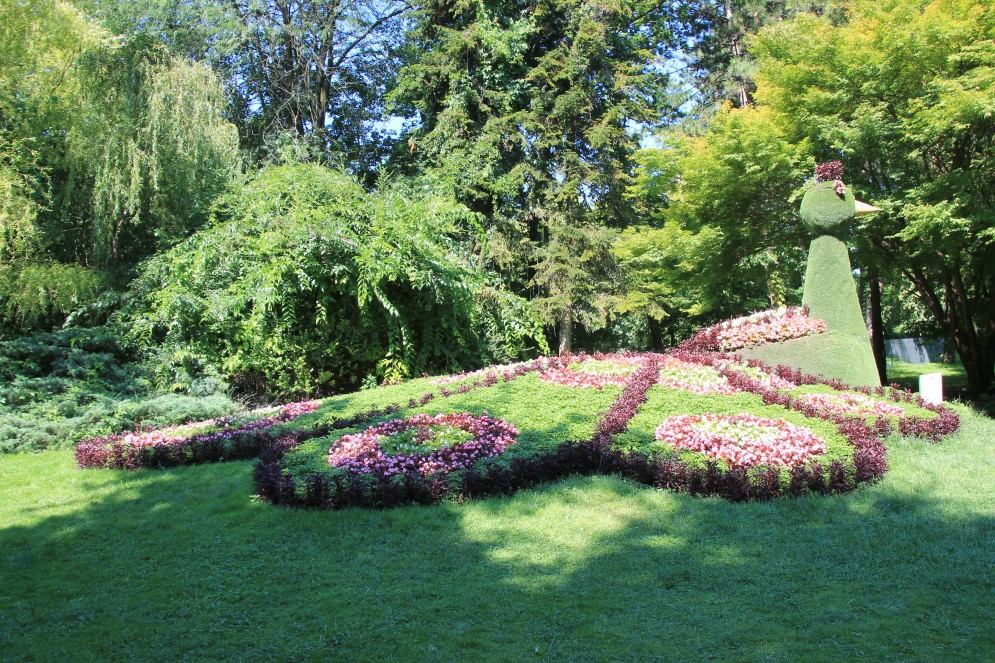
9. Palić Zoo
Located near Lake Palić, this zoo is not only recognized for its rich collection of plants and animals but also for its humane approach to animal accommodation. Established in 1949, it has grown to cover 15 hectares, with 10 hectares open to visitors. The zoo is home to hundreds of animal species and is set within an arboretum featuring over 270 plant species. It’s a popular attraction for families and nature lovers, receiving over 150,000 visitors annually.
9. Great Park at Lake Palić
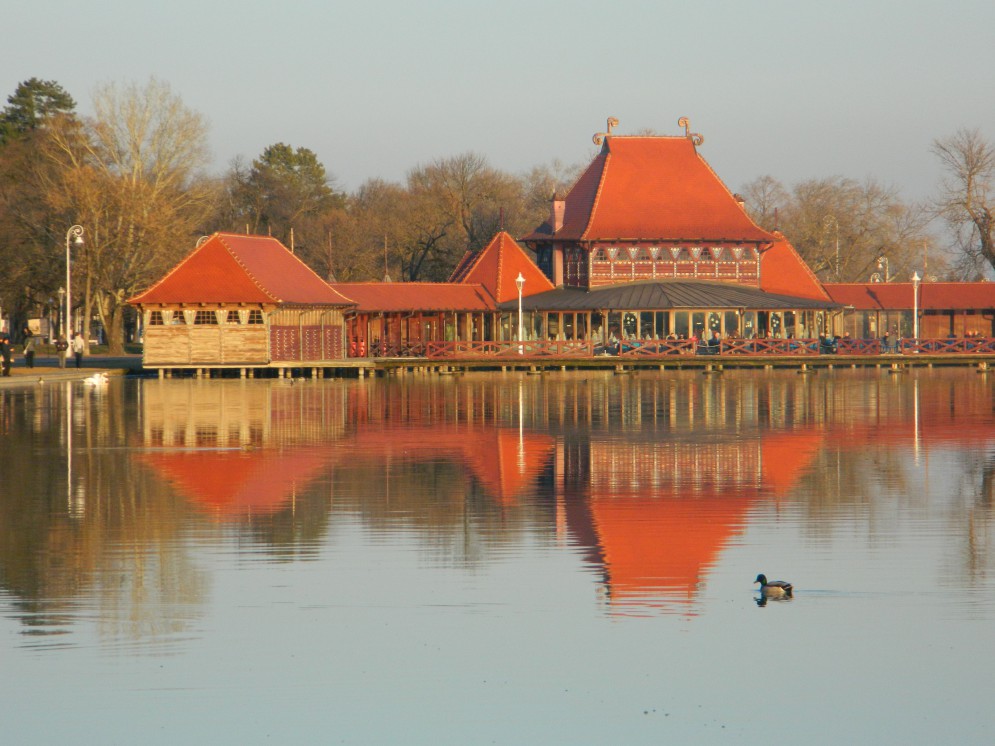
10. Lake Palić Resort
This expansive park, initially planted in 1840 in the English baroque style, offers a serene setting for relaxation and leisure activities. The park features a variety of tree species, walking paths, and notable structures, including the Water Tower and the distinctive székely-style gate marking the park’s entrance. The Split Alley, built around 1900 in a “prestige, Swiss style,” is a highlight of the park. Visitors can enjoy the landscaped grounds, admire the architecture, and soak in the peaceful atmosphere of this historic green space.
10. Buildings with Zsolnay Ceramics
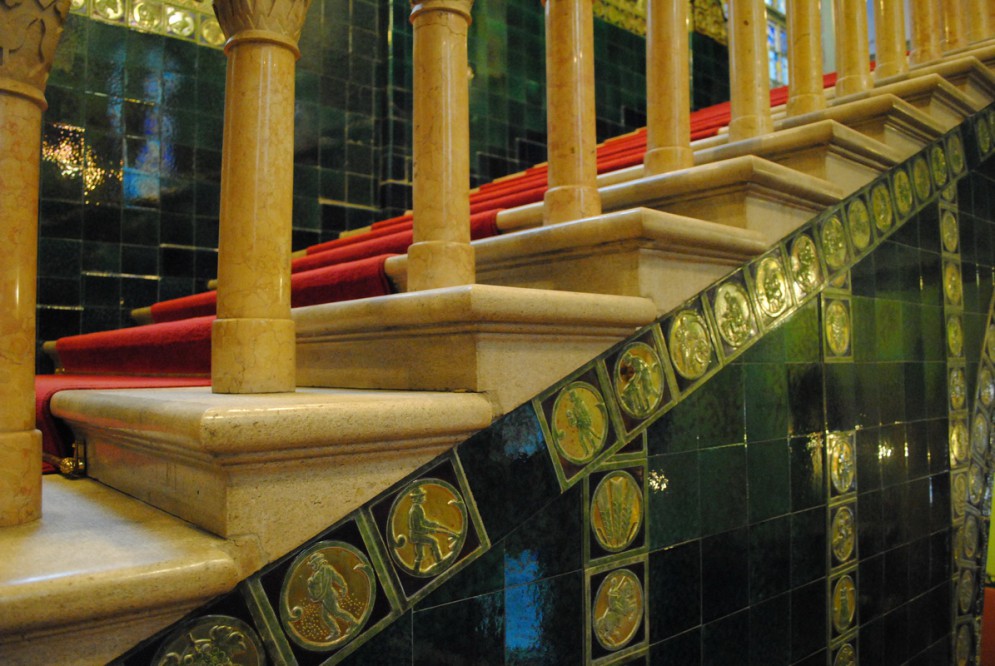
11. Interior of Subotica City Hall
Throughout Subotica, especially in the city center, visitors will notice buildings adorned with colorful Zsolnay ceramics. These unique architectural elements, produced by the renowned Zsolnay factory in Pécs, Hungary, add a distinctive charm to the city’s appearance. The ceramics are particularly visible on Art Nouveau buildings, including the City Hall and Raichle Palace. Their vibrant colors and intricate designs contribute significantly to Subotica’s visual appeal and serve as a testament to the city’s connection to Hungarian art and culture of the early 20th century.
Other Information for Travelers
Subotica’s multicultural heritage is reflected in its linguistic diversity. While Serbian is the most commonly used language in daily life, Hungarian is also widely spoken, with about 35% of the population using it in their daily conversations. Visitors will notice that many signs and information boards are bilingual, making navigation easier for international tourists. This linguistic diversity adds to the unique charm of the city and offers an opportunity for visitors to experience a blend of cultures.
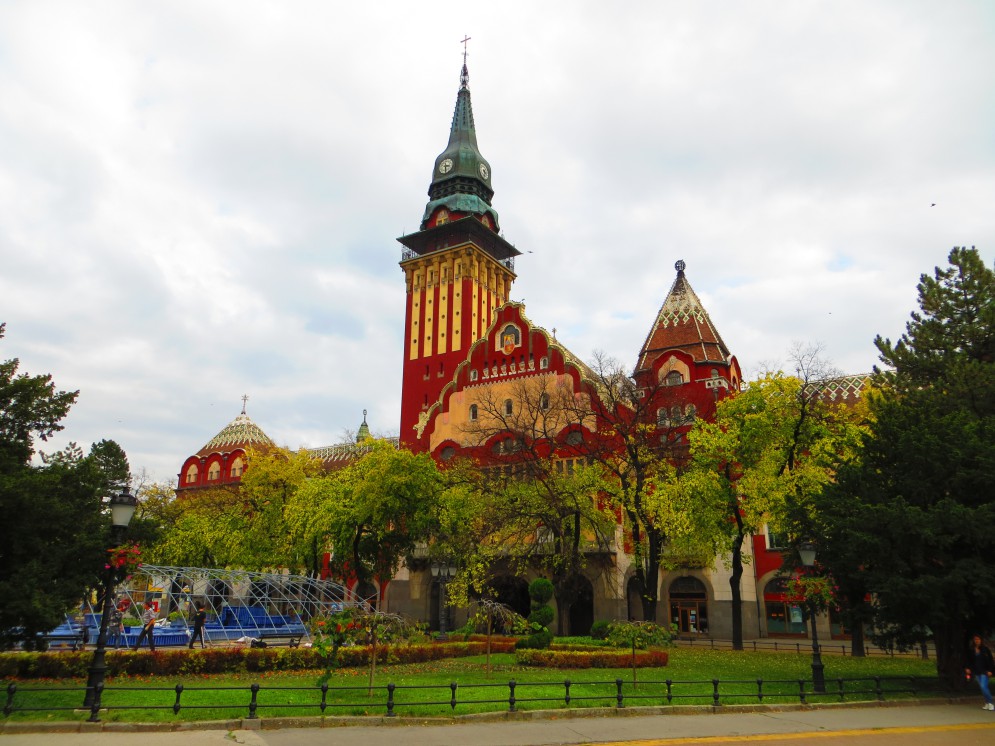
12. Art Nouveau Architecture of Subotica City Hall
For film enthusiasts, the Palić Film Festival is a notable event held annually at Lake Palić. This cultural highlight attracts movie lovers and industry professionals, offering a chance to enjoy both international and regional cinema in a picturesque setting. The festival contributes to the area’s vibrant arts scene and can be an exciting addition to a summer visit to Subotica and Palić.
Subotica’s gastronomy is influenced by its geographical location and cultural mix. The region is known for its wine production, with several vineyards in the vicinity offering wine tasting experiences. Local cuisine features a blend of Serbian, Hungarian, and other Central European flavors, providing visitors with a unique culinary journey. Some famous local food brands include the confectionery factory “Pionir” and “Fidelinka,” a cereal manufacturer.
For those interested in unique accommodations, Palić offers the opportunity to stay in renovated villas that date back to the late 19th century. These charming lodgings provide a glimpse into the area’s history as a prominent spa resort while offering modern comforts. Additionally, the ongoing development of new facilities, including a wellness and spa complex at Palić, promises to enhance the visitor experience in the coming years.
Travelers should be aware of Subotica’s continental climate, which brings warm summers and cold winters. The best time to visit depends on personal preferences, but the summer months are ideal for enjoying outdoor activities at Lake Palić, while spring and autumn offer pleasant temperatures for exploring the city’s architectural wonders. Winter visitors can experience the city’s festive atmosphere and potentially enjoy winter sports in the region.
Subotica and Lake Palić offer a unique blend of architectural beauty, cultural diversity, and natural splendor. The city’s unique character, shaped by its location and history, offers visitors an authentic glimpse into the heart of Vojvodina. A journey to Subotica and Lake Palić promises a rich tapestry of experiences, blending history, culture, and nature in a truly distinctive Serbian setting.
- Photo by Anton Lukin on Unsplash / [Unsplash License]
- Photo by Prissantenbär on Wikimedia Commons / [CC BY-SA 3.0]
- Photo by Mvukota on Wikimedia Commons / [CC BY-SA 4.0]
- Photo by Marcin Konsek on Wikimedia Commons / [CC BY-SA 4.0]
- Photo by Milos Golubovic on Flickr / [CC BY-NC-ND 2.0]
- Photo by I would appreciate being notified if you use my work outside Wikimedia. More of my work can be found in my personal gallery. on Wikimedia Commons / [CC BY 3.0]
- Photo by Tothasze on Wikimedia Commons / [CC BY-SA 3.0]
- Photo by Pudelek (Marcin Szala) on Wikimedia Commons / [CC BY-SA 3.0 rs]
- Photo by Ванилица on Wikimedia Commons / [CC BY-SA 4.0]
- Photo by Texaner on Wikimedia Commons / [CC BY-SA 4.0]
- Photo by Dobrislava on Wikimedia Commons / [CC BY-SA 4.0]
- Photo by Mister No on Wikimedia Commons / [CC BY 3.0]

